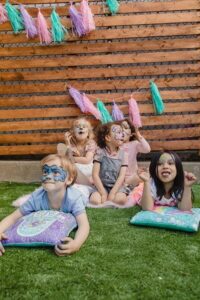Activities to Develop Sight Word Recognition in ESL Students
Sight word recognition is a key component of language learning, and can be especially challenging for ESL students. Developing these skills requires creative strategies that work best for each student, and it is essential to helping them achieve fluency. In this article, we'll discuss tips and best practices to help you effectively teach sight words and develop your ESL students' sight word recognition.
1. Use Technology: Technology can be a great way to enable more effective sight word instruction. Whether it is apps, websites, or other interactive tools, incorporating technology into your instruction can help your students stay engaged and have access to even more resources for mastering sight words.
2. Create Visual Aids: Visual aids can be a great tool to help students learn and recognize sight words. Consider creating posters, flashcards, worksheets, and other visual aids with pictures and the corresponding words to make sure your students are able to link the words with the images.
3. Design Games and Activities: Another great way to help your students learn and recognize sight words is to create activities that give them the opportunity to practice what they’ve learned.

This can include games and other activities that reinforce the sight words and help students practice their newly acquired knowledge.
4. Utilize Books: Books can be a great way to introduce sight words to your ESL students. Look for books that are specifically designed to help learners with sight words, and consider creating activities or games that tie the book in with your instruction.
5. Incorporate Songs and Rhymes: Incorporating songs and rhymes into your sight word instruction can be a great way to help your students master these words. Songs and rhymes are fun and engaging, and they can help your students remember and recall sight words more easily.
Developing sight word recognition in an ESL classroom requires creative strategies and an understanding of how best to reach each student. By following the tips outlined above, you can provide your students with the best possible opportunity to succeed in mastering these essential building blocks.
